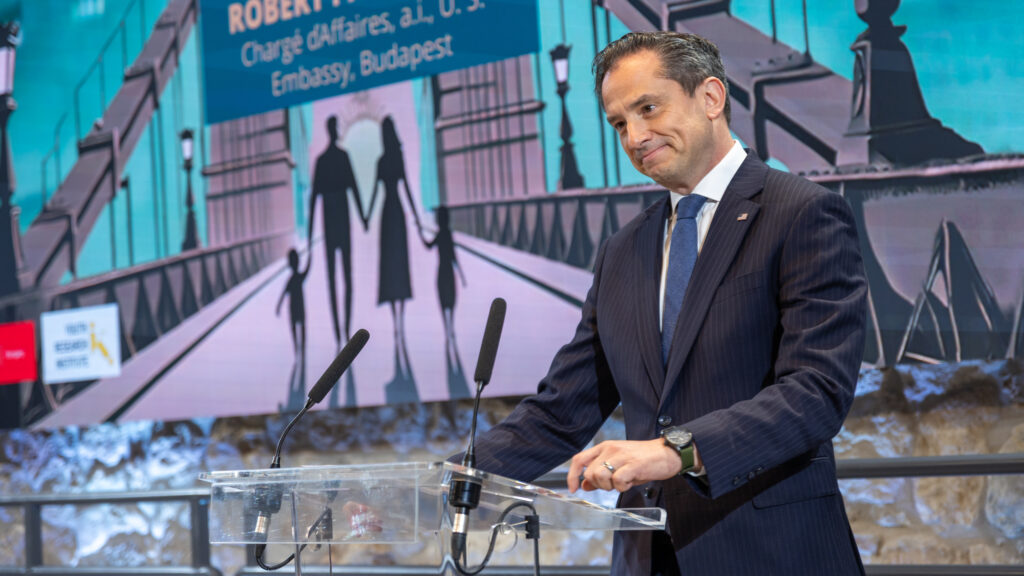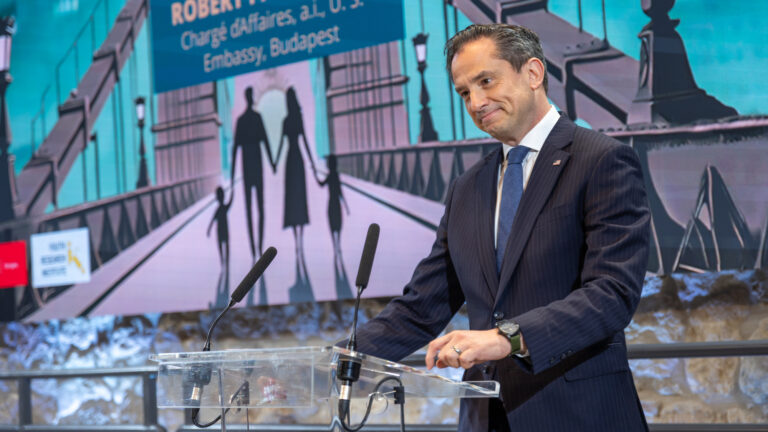The following is a translation of an article written by Vivien Kalas, a researcher at the University of Public Service Institute for Strategic Studies, originally published on Ludovika.hu.
Member States can be confident about achieving their education policy objectives for 2030, however, the biggest gap is still in the primary education of students.
EU policies can be grouped into three broad categories based on legislative competence. Those that fall under exclusive competence, such as competition and common commercial policies, can only be legislated at the Community level. For most policies, the competence is shared, that is, both the European Union and Member States can legislate, but care must be taken that legislation at the national level does not contradict legislation at the Community level. However, where national competences are concerned, such as in education policy, the EU can only act in a complementary, coordinating, and harmonizing role.
Although there is no possibility for Community legislation in this policy area, this does not mean that Member States do not seek to cooperate. Coordination in education policy has been intensifying since the 1970s among the EU nations, which have recognized that education contributes to reducing social inequalities, promotes equal opportunities, and can increase the competitiveness of a country by developing its human resources.
The strategic framework for 2021–2030—in one case 2025—is part of this cooperation, too. In February 2021 education policymakers agreed on a set of common benchmarks to be achieved by the end—or middle—of the decade. One was the number or proportion of children in early childhood education and care. By 2030, they aim to have more than 96 per cent of children over three years old who are not yet in school participate in such education. The most recent figures show that in 2022 this rate was 93.1 per cent in the EU, an overall increase compared to recent years. Belgium has the best rate—98.4 per cent—and Romania has the most to do in this area. Hungary has seen a slight decrease in the number of children in early childhood education from 2019, but we are still only half a percentage point behind the EU average.
‘Coordination in education policy has been intensifying since the 1970s among the EU nations’
The second point is basic skills in science, reading, and mathematics, where the politicians would reduce the proportion of students who underperform in these subjects according to PISA assessments to below 15 per cent. Triennially published data show that not only is the EU not getting closer to this target, but it is moving further and further away in all areas. Among the countries, Lithuania and Hungary have made steady progress in science over the last nine years.
In addition, the proportion of young people aged 18 to 24 who are early school leavers, that is, those with no more than a primary education who have not continued their studies, would be reduced to below 9 per cent by 2030. In 2023 the rate was 9.5 per cent, after a steady decline. The highest rates are observed in Romania (16.6 per cent) and Spain (13.7 per cent), while Greece and Poland are the best performers with 3.7 per cent. While Hungary has a higher rate (11.6 per cent) than the EU average, the trend has been downwards in recent years.
Politicians would increase the share of people aged 25–34 with tertiary education to over 45 per cent by the end of the decade. Last year, 43.1 per cent graduated at the Community level, and trends suggest that nations will comfortably meet the target. Fifteen out of the twenty-seven Member States have managed to meet the 45 per cent target on their own by 2023. In addition, they want to increase the share of people aged 25–64 in adult education to over 60 per cent. Since 2020, the figures have been rising steadily, with 12.8 per cent of people in the EU last year claiming to have taken part in some form of further training. Denmark with 30.5 per cent and Sweden with 38.8 per cent are the countries with the highest percentage of people who take advantage of this opportunity, while Bulgaria with 1.4 per cent and Greece with 3.4 per cent have the lowest percentage.
Finally, Member States have set a target for 2025 to increase the proportion of young people aged 25–34 with tertiary education who have gained work experience during their studies to over 60 per cent. This rate was 60.2 per cent in 2022, but nations should be able to maintain this figure until the middle of the decade. Spain had the highest proportion of young people with work experience (98.6 per cent), and Romania the lowest (8.4 per cent).
Progress towards the 2030 and 2025 targets shows steady improvement in most areas at the Community level, with a benchmark already achieved by Member States. Most work remains to be done in the area of primary education, where the gap between results and intentions is still widening.
Read more:
Click here to read the original article.








